Product
Location:Home > Product > Geocomposite

Scan QR code
Fiberglass Geogrid Composite with nonwoven fabric is an asphalt reinforcement composite that fiberglass geogrid with nonwoven Fabric. They are composited together by pressure sensitive glue. The chemistry stability is good, the hot-stability is good, anti-weary dehiscence, anti-low temperature shrinkage crack, postponement reduction reflection crack. The nonwoven simplifies installation and ensures continuous bond between the layers. This excellent adhesion allows Geocomposite to take up and evenly distribute tensile forces.
Composite geogrids: 25*25KN, 30*30KN, 40*40KN, 50*50KN, 60*60KN, 80*80KN, 100*100KN, 120*120KN
Nonwoven fabric: 80g/ 100g/ 200g
Customized as per your requirements.
Fiberglass Geogrid Composite with nonwoven fabric is an asphalt reinforcement composite that fiberglass geogrid with nonwoven Fabric. They are composited together by pressure sensitive glue. The chemistry stability is good, the hot-stability is good, anti-weary dehiscence, anti-low temperature shrinkage crack, postponement reduction reflection crack. The nonwoven simplifies installation and ensures continuous bond between the layers. This excellent adhesion allows Geocomposite to take up and evenly distribute tensile forces.
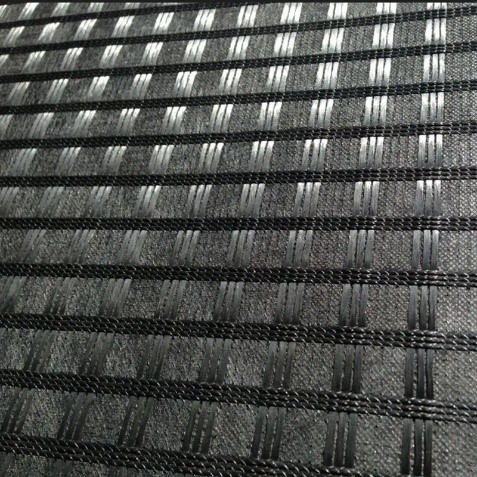 | 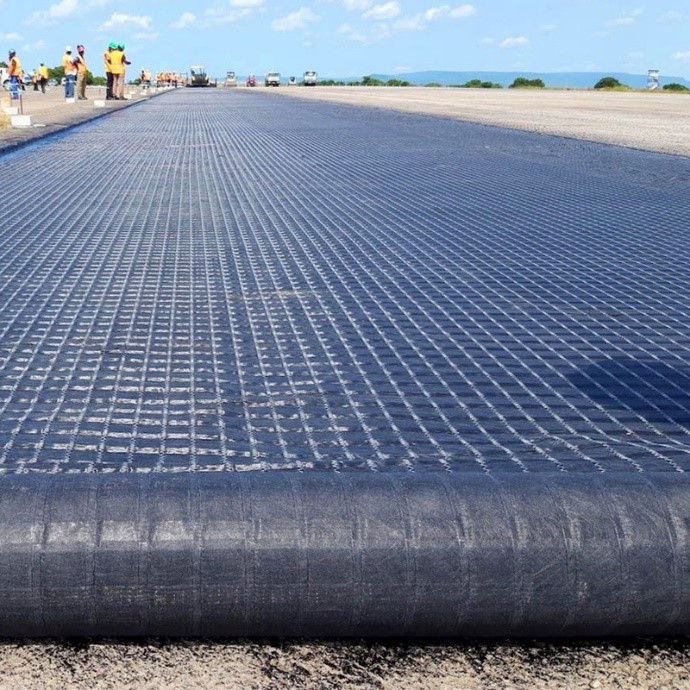 | 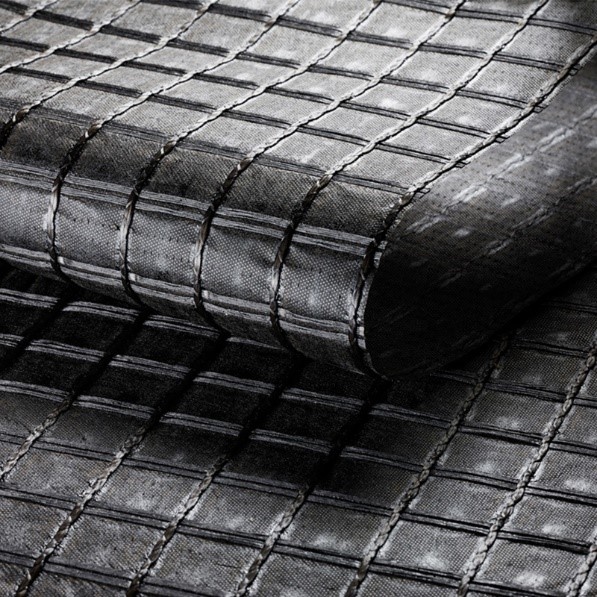 |
Composite geogrids: 25*25KN, 30*30KN, 40*40KN, 50*50KN, 60*60KN, 80*80KN, 100*100KN, 120*120KN
Nonwoven fabric: 80g/ 100g/ 200g
Customized as per your requirements.
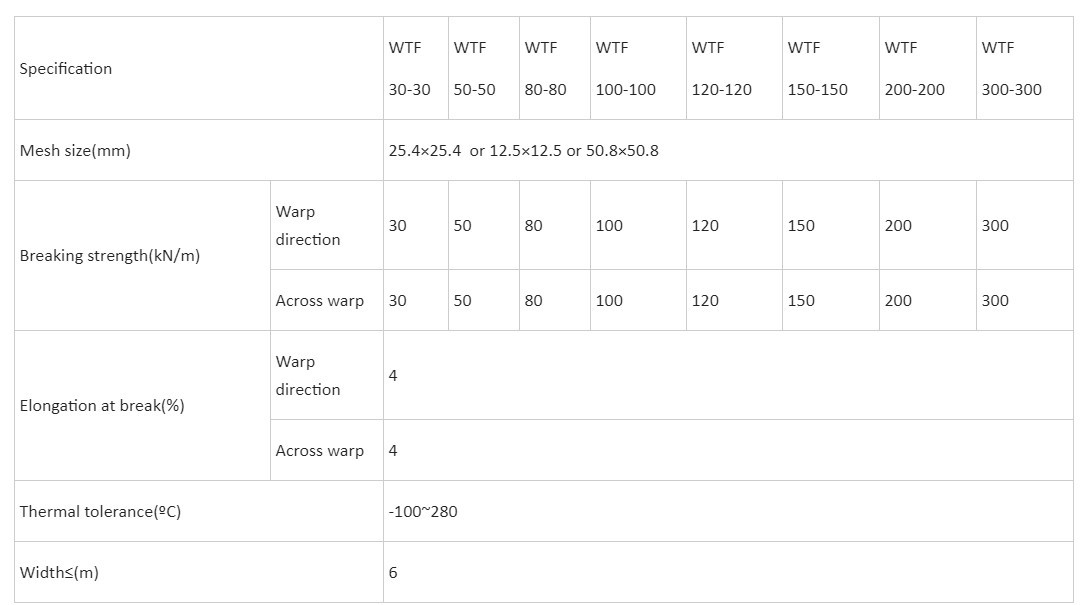
■ Reinforcement of Pavement Asphalt layers, High way, Road surface, High trafficked area, Airport runway.
■ Anti-cracking reinforcement in asphalt
■ Overlays to old concrete roads
Road Pavement Reinforcement | |
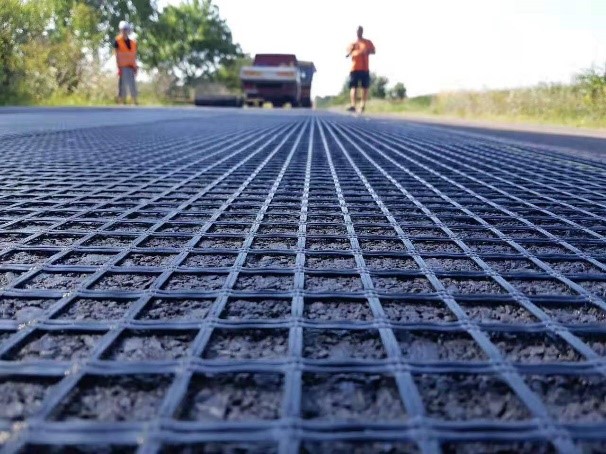 |  |
Airport Reinforcement | |
|
|
Highway Reinforcement | |
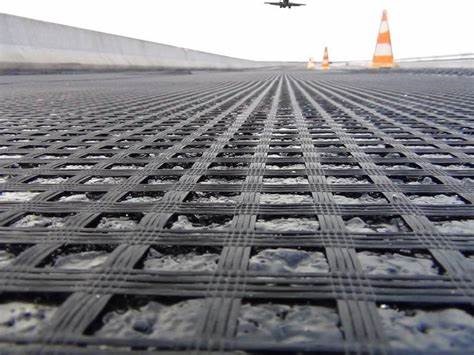 | 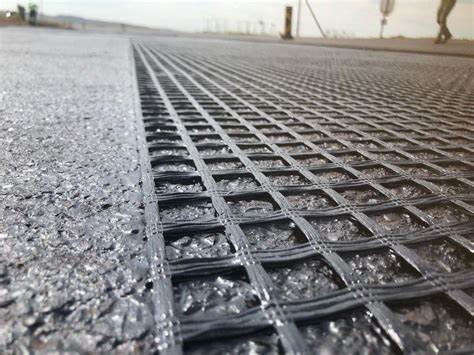 |
•Store at temperatures above - 29°C (- 20°F).
•Storage location should be dry, preferably covered and free of dust, dirt and moisture.
•Do not allow excessive mud, fluid concrete, asphalt, or other deleterious materials to get in contact with the reinforcement mesh materials
•If stored outdoors, the rolls must be covered with proper water proof covering.
•Pavement should be clean, dry and clear of all dust, dirt, and debris.
•Road surface temperature should be between 5 degrees C (40 degrees F) and 60 degrees (140 degrees F) and the surface temperature shall be between 5 degrees (40 degrees F) and 46 degrees C (110 degrees F) if the asphalt surface is less than 24 hours old.
•Seal cracks exceeding 6 mm (0.25 inch) in width using an approved sealant or the appropriate leveling course mix.
•Repair potholes and failed or cracked sections of pavements as instructed by engineer.
•Badly damaged or rough pavement may require milling or the placement of a leveling course.
•A minimum 0.75 in. (19 mm) thick asphalt concrete leveling course is required on milled surfaces or Portland Concrete pavements.
•A minimum 0.75 in. (19 mm) thick application is needed to provide sufficient adhesion.
•If a tack coat is specified, it may be applied before or after the installation of the Fiberglass geogrid GeoGeocomposite, depending on site conditions. Tack must be completely cured prior to paving. The use of tack-coat may further enhance adhesion and achieve strong bonding between the Fiberglass geogrid stitched with nonwoven fabric and asphalt layers.
•Apply tack coat uniformly over the prepared surface at a rate of 0.4 - .6kg/square meter / (0.39 -0.59 liters/square meter / 0.10 -0.15 gallons/square yard) using a calibrated distributor truck, ensuring that the application rate remains constant.
•It is recommended that only asphalt cement tack coats be used. For best results use the same asphalt cement that was used to make the HMA mix in the tack.
•Emulsified tack coats can be used but only when extreme caution is taken to make sure that the tack has properly broken. For best results use a rapid set tack coat such as a CRS-2. DO NOT use emulsified tack coats if any dust, dirt, or debris is present during time of application.
•New types of tack-less coats are available presently which have been tested by various agencies and seem to provide better shear strength when compared to CRS-1 and CRS-2.
•Any other types of tack coat must be pre-approved by a manufacturer representative.
Previous : First
Hot Keywords:GeocellGeogridGeotexileGeocompositeGeomatGeomembrance